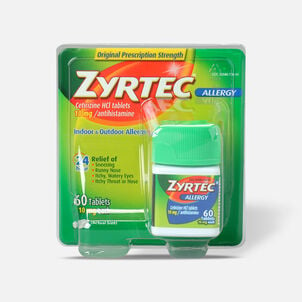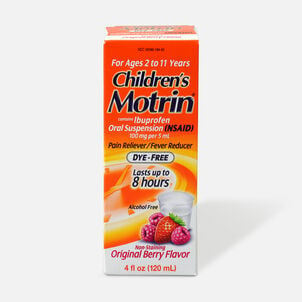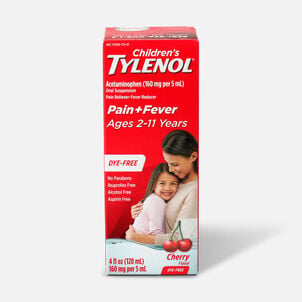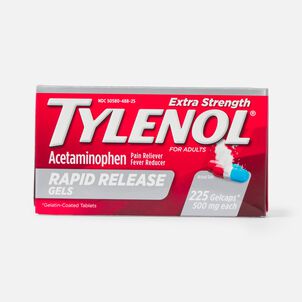If you just opened (or are about to open) an FSA during open enrollment, you know it's smart a money move, but you have no idea how much you should set aside towards your FSA contributions. You've done your research and know that your employer offers flexible savings accounts, but you're not sure how to find your FSA allocation number. In fact, you may not even be sure how much you spent on health expenses last year. Or maybe you had the perfect allocation total last year, but life has changed since then. (That tends to happen a lot in most households.)
If this sounds like you, don't panic. You've already taken the first step and decided that you want to open an FSA. The next step is simple: use an FSA calculator to determine the most optimal amount to allocate for your FSA contributions.
Calculate your FSA number
The best way to determine how much money you should allocate to your FSA is with an FSA calculator. The calculator asks you to input a variety of information, including your income and estimated expenses for each category. After you input your numbers, you're shown exactly how much you should allocate based on your estimates. You also learn how much you could save on taxes. Always keep the latest FSA contribution limits in mind — in 2024, you can contribute up to $3,200.
But here's the deal—in order to use the calculator to accurately estimate your health care expenses, you need to have an idea of what those expenses will be. If you just went through a big life change or are a first-time FSA user, that might seem difficult. Luckily, it's not as hard as it seems.
Here are some expenses you might want to keep in mind.
If you're a new parent…
Congratulations! If you're a new parent, your health care expenses will likely increase thanks to an uptick in doctors appointments and health-related items for your baby. In general, new parents should expect to increase their FSA allocation.
(Plus, this might be a great time to open a dependent care FSA to pay for eligible child care expenses.)
If you're recently divorced…
If you're recently divorced and don't have children, your health care expenses might decrease because you're only responsible for your own health care expenses now. The best way to find your allocation number is to review last year's expenses and calculate your new number based only on your own expenses.
However, if you're recently divorced and have children, your FSA allocation number might stay the same or even increase, depending on your custody arrangement. Also, if you're planning on paying for daycare for your children, it might be a good idea to open a Dependent Care FSA.
If you have a recent health diagnosis…
If you've recently received a health diagnosis and are unsure what your health care expenses will look like now, it might be a good idea to increase your FSA contributions. Even if you allocate an extra $50 per month, it might make a big financial difference throughout the year. Plus, you might spend some of the money on FSA-eligible products related to your diagnosis.
If you're a first-time FSA user....
Welcome to the club! If you're a first time FSA user, it might be challenging to find the perfect allocation number, but that's okay. Even if you only put $100 per month towards your FSA, you could save hundreds of dollars in taxes.
Do your best to calculate your contribution number based on last year's health expenses, but don't worry if it's a little low or high. Next year, you'll be able to calculate more accurately.
Bottom line
It's okay if you don't find your "ideal" FSA contribution number. The most important thing is that you're starting to save money in your FSA and prepare for your health care expenses. Your bank account will thank you.
As always, the information provided in this article should not be considered legal or tax advice. Please consult a licensed professional for appropriate advice given your individual situation.
-
Thank you for visiting the FSA Store Learning Center. Don’t forget to follow us for more helpful tips on Facebook, Instagram, and Twitter.

















